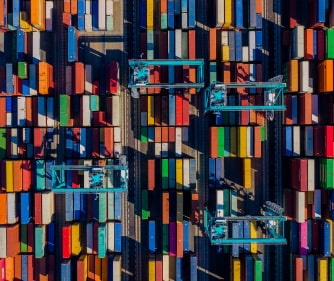Commercial Banking | Santander Bank - Santander
Santander
Commercial
Banking
Santander
Commercial
Banking

Tap into our strengths
If you want a personal touch from local professionals, without sacrificing access to global resources, then we're your bank. And whether you’re looking to dominate Main Street or Wall Street, you'll find the support you need to achieve more of your goals — both today and in the years to come.


Local presence, worldwide reach
Globally, Santander works in 10 core markets across the Americas and Europe and services 145 million clients worldwide.1
Global recognition
We were recognized as the world’s highest-scoring bank on the 2023 Bloomberg Gender-Equality Index (GEI).1,2
160+ years of experience
We’re a leading commercial and retail bank in the U.S., serving clients since 1857.3
Financial security
$208 billion in total assets
$120.5 billion in total deposits
$123 billion in net loans
as of December 31, 2022
Discover a wide range of solutions designed to help your business prosper
Investment Banking
Put more of your plans into action today with the right funding solution for you.
International Banking
Global solutions including international trade finance, foreign exchange, etc.
Commercial Real Estate Banking
Find end-to-end solutions for your commercial real estate plans.
Commercial Vehicle Financing
Drive business growth with commercial vehicle financing from Santander.
The latest news on how we're empowering your business
Our experts are here to help
Have your questions answered by one of our commercial banking experts.

 Equal Housing Lender - Member FDIC
Equal Housing Lender - Member FDIC